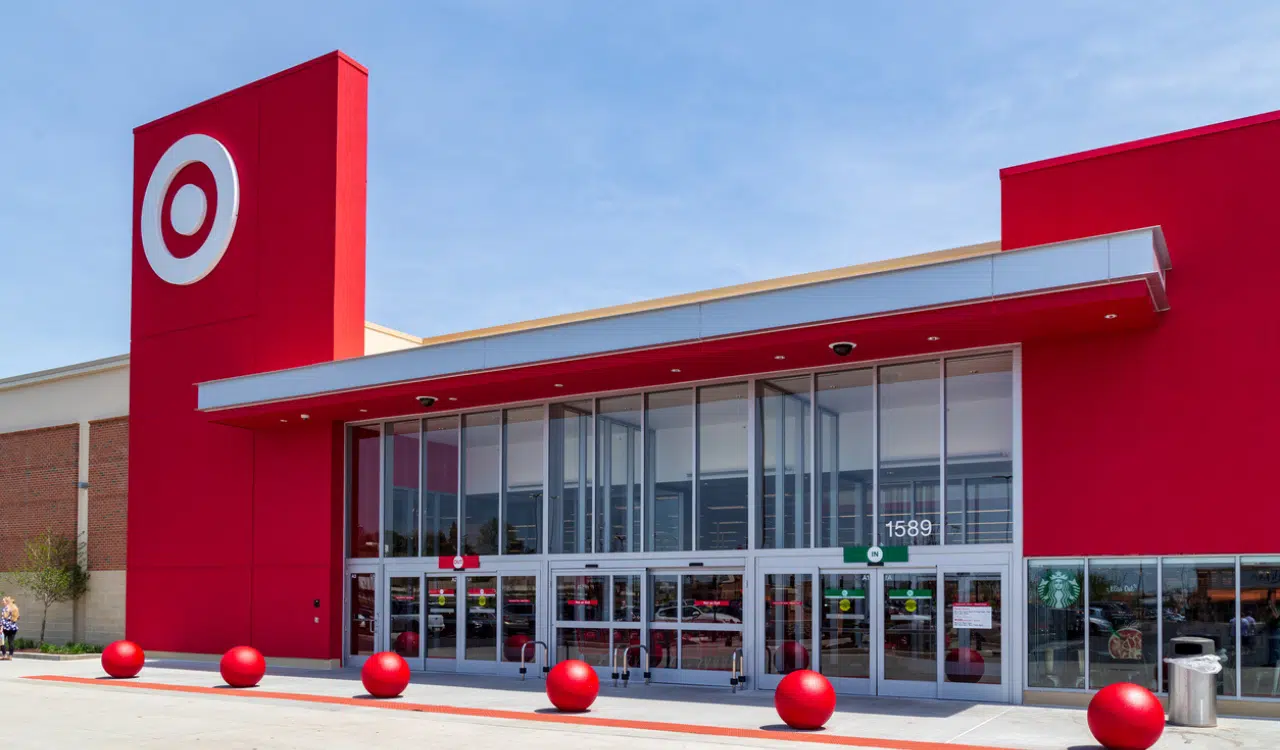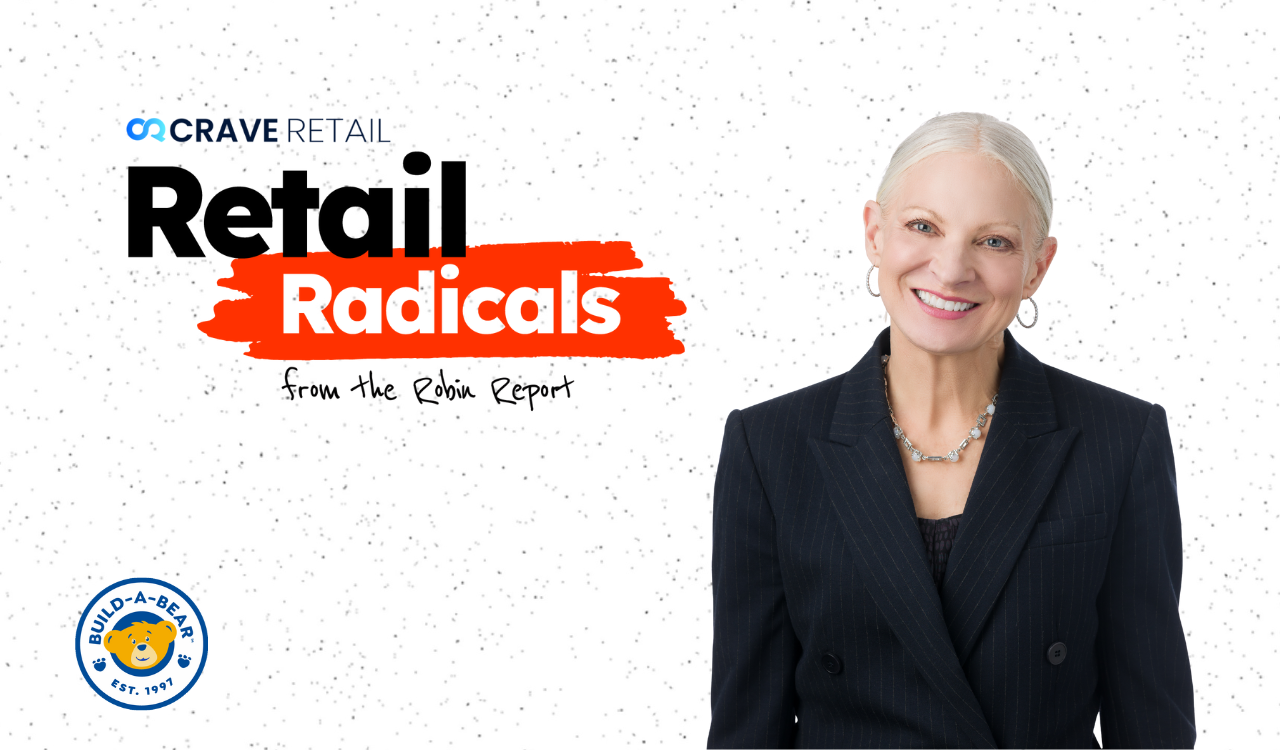It is out of touch with the people it is trying to attract. It has gotten caught up in social issues rather than focusing on its core business. It has become inbred, even as its last-gen leaders still wait in the wings for their next close-ups, and it needs new blood from outside the organization. And it is shockingly on the brink of irrelevance. If you think we’re talking about the current state of the Democratic Party in this country, think again: Target has become the metaphorical Democratic Party of retailing.
Next Take
With Michael Fiddelke about to assume the leadership of the nation’s number two general merchandise discount chain, he faces an exceedingly complicated array of issues he has to address. Fiddelke, the current COO and a Target lifer, has outlined a pretty basic strategy in interviews, and while each of the three points he discussed is worthy of repair, they miss the bigger picture. This is a broken company that went downhill slowly until it went quicky. And as an insider, he may or may not be the best person for the job.
Cornell and Target kept putting their feet in their mouths at every step. When they announced they were pulling back from DEI initiatives, they were crucified by the customers who supported those views, and they never really got the buy-in from those who didn’t. Efforts to soften that stance infuriated people on both sides of the issue, setting up a no-win situation for the company.
Fiddelke’s Three-Point Plan
Coming from a farming family in Iowa and an engineer by education, Fiddelke (pronounced FID-uhl-kee) joined the company in 2003 as a finance trainee and progressed up through the finance and operations side until becoming chief operating officer in January of last year. His choice as Brian Cornell’s replacement was not exactly unexpected, especially when he was named to head what the company called its “Enterprise Acceleration Office” earlier this year. He doesn’t officially take over Cornell’s corner office until next February, but he will clearly be taking the lead much sooner. That is, with Cornell looking over his shoulder when he becomes executive chairman of the board at the same time. Not an ideal situation to have your old boss still functioning as your new boss, even if the chairs have been rearranged. That alone is one of the challenges Fiddelke faces.
In the meantime, he has outlined a three-pronged plan for fixing Target, although nobody is exactly saying how bad things have gotten…another potential problem he will face. The boxes on his checklist are pretty much retailing 101: “Reclaim (its) merchandising authority,” deliver “an elevated (consistent) experience” with well-stocked shelves and clean stores, and use AI and tech to move faster and more accurately.
“Our performance over the last few years has not been acceptable,” Fiddelke admitted on a call at the time of his announcement, stating the obvious. Comp store sales have dropped in six of the nine past quarters, and its stock is off 40 percent year-to-date, including a particularly ugly drop on the day of Fiddelke’s announcement.
Supply Chain of Fools
As just about every single analyst, pundit, and so-called retail expert has pointed out over the past week, Fiddelke has a long list of things he needs to fix. At the top of that list is the area he has been charged with as COO, and before that, as senior vice president for the past seven years: operations. It’s no secret to both the trade and shoppers that Target’s supply chain issues have been exceedingly painful for quite some time, with out-of-stocks, messy stores, and poor execution of corporate merchandising initiatives all contributing to anything but an “elevated” shopping experience.
You’d like to think that maybe Fiddelke was held back in fixing all of this since he wasn’t at the top of the org chart. Even if you give him the benefit of the doubt on this one, it’s a staggering task to get this right. Target, arguably, historically has had one of the worst in-stock positions of any big national chains long before Fiddelke was in charge. Some have suspected that this was a balance sheet-driven initiative to keep inventory levels low to boost financial results. But this is one odd — and counterproductive — way to improve results. Yes, holding less inventory improves your cash position and subsequently your profits, but you can’t sell what you don’t have on the shelf, and there’s just no way around that.
And Target’s recent mea culpa theories that empty shelves are the result of online fulfillment being done at the individual store level is just ridiculous: Across the highway, Walmart seems to do just fine handling ecommerce orders from its existing store stocks.
As for technology and AI, every company is struggling with these challenges, and Target is no different from its competitors. But given its widespread operational problems, it’s reasonable to assume tech is not its strength either.
The Walmart Effect
Speaking of Walmart, it’s got to be a big reason why Target is underperforming. For years, Walmart’s fashion savvy consisted of using colors that were only two years out of date. No more. Walmart is doing a wonderful job of rolling out line after line of in-season, on-point apparel, home and seasonal merchandise that largely negate any advantage Tar-zhay had in its heyday. People used to say that Walmart got into trouble when it tried to be Target…and then the reverse was true as Target stumbled when it tried to go head-to-head with its bigger competitor. Neither statement is entirely wrong, but today, Walmart is close enough to Target on the fashion and style front that shoppers are quite happy to buy there — and save a little money in the process, too.
Expect More, Pay Less? Not So Much
It hasn’t helped Target that the current economy largely benefits Walmart’s pricing strategy. Target has historically done better when the economy was stronger, and the consumer was a little more apt to go for wants versus needs. That hasn’t been the case ever since the pandemic, when first inflation, then tariffs, and now fears of how the Trump administration’s economic policies were impacting spending played right into Walmart’s strengths. If the typical Target store is not supplying the “more” shoppers are willing to pay for, the retailer is certainly not getting its “pay less” messaging across. Consumers still perceive Target as more expensive, even if in many cases it is not.
Caught in the Social Web
DEI — diversity, equity and inclusion — has punished Target more than any other consumer brand in the country. Maybe it’s because the store was perceived as more on one side of these issues and its customers tended to skew a little more in that direction.
But just as likely, Cornell and Target kept putting their feet in their mouths at every step. When they announced they were pulling back from DEI initiatives, they were crucified by the customers who supported those views, and they never really got the buy-in from those who didn’t. Efforts to soften that stance infuriated people on both sides of the issue, setting up a no-win situation for the company. Granted, this is a complicated matter and while other companies have struggled to deal with it, none seem to have handled it as poorly as Target. Subsequently, Target has been largely silent on the matter, which is probably not a bad idea, especially given the national political climate. But the damage has already been done.
The Fix
If you’ll go along with the Democratic Party analogy — whatever your politics — here’s what Michael Fiddelke needs to be doing (and not wait until February 2026 to get started):
- Infrastructure: Whatever it will take to get the shelves full and the stores looking neat, he has to do that — and fast. Nothing else matters if this isn’t done first. It’s table stakes.
- Messaging: Target so far has refused to address the elephant in the room: It’s the economy, stupid. It needs to say to consumers, “Hey, we’ve always had great style and now we have great prices too.” Fiddelke talked about consistency; this is where it starts. Could a Pepsi Challenge-type of campaign comparing prices instead of taste be something to consider? He could do worse.
- Merchandising: This should be a two-part plan. The first is a dramatic opening-price-point line that gives shoppers a meaningful reason to come into the store. Anyone else besides me think “Targeted” is a great name for this?
- Scarcity: Part two of a merchandising plan is to pull something from Target’s former bag of tricks. Every time it ran a limited-time capsule collection — Liberty of London, Missoni, Lilly Pulitzer — it sold out quickly, driving both traffic and excitement. Why can’t this be institutionalized and built into the merchandise assortment on a regular basis, maybe four times a year, each one appealing to a different demographic? It’s not merchandising 101…maybe,102.
- Grocery: Target has been half-in/half-out and generally half-assed about the food side of its stores for years. Walmart gets a majority of its revenue from food, while Target barely gets a fifth of its. He needs to find a way to make this work or outsource this to someone else who can. This is how it worked its pharmacy, handing it over to a CVS in-store shop. Would a Kroger concession in grocery be out of the question? How about Trader Joe’s or Aldi, or Lidl, for that matter? Giving up on grocery is not the answer for Target. But neither is the status quo.
- Wall Street: One of the most brilliant things Cornell did when he first came aboard 11 years ago (and make no mistake about it, he did a lot of things right over much of his tenure) was to tell Wall Street that Target was a work in progress and they needed to be patient. This took a lot of investor pressure off him at the start, and when the results of his efforts started to be reflected on the company’s balance sheet, it resulted in even bigger gains for Target. This is not an incremental fix for Fiddelke; he needs time, something the stock market is not very good at. He should follow Cornell’s lead on this. Bottom line results are going to suffer while he works to fix all of this, including increasing staffing levels at its stores, where the lack of workers is particularly obvious.
- Morale: Finally, there are more than 400,000 employees (please, not team members…please) of the company who are feeling pretty down about things. A recent survey of workers showed that some 40 percent had a lack of confidence in the company’s future. Not exactly a cheery place to work. Fiddelke needs to get out in the trenches with his employees, hold lots of town hall meetings, in person and online, and do whatever it takes to improve the mood both at its Minneapolis headquarters and its more than 2000 stores and distribution facilities. This will not be easy, but clearly it needs to be done.
Target’s Place in the Retail World
Target is not going away. It still has enough going for it that nothing drastic is about to happen to it anytime soon, even if nothing gets fixed correctly. The real question remains: Where does it fit in the retail landscape? It is never going to be Walmart…or Amazon, for that matter. It’s not going to be a significant player on the food side of the business, given the competition. And it’s not going to radically reinvent itself into something it’s not, even if some marketing genius came in and tried to fundamentally change its positioning.
But one thing is clear: It’s not Tar-zhay anymore. That’s over, and it needs to stop thinking it can go back to something from 10 or 20 years ago that is no longer relevant.
Is there a place for a slightly upmarket big box retailer that is still price competitive but has an aspirational image that next gens can relate to? A business that is fundamentally well-run operationally and makes shoppers feel good when they buy there?
This is not meant to be a political discourse, but there is a similar thread: The same people who say one party has become irrelevant are the same who said that about the other party not all that long ago. Moods change. Business models have to change. Retailers need to listen to their customers, not themselves. Things need to be fixed…lots of things. At least in Target’s case, there is now someone in place who might be able to lead this effort. His stakeholders are waiting.




